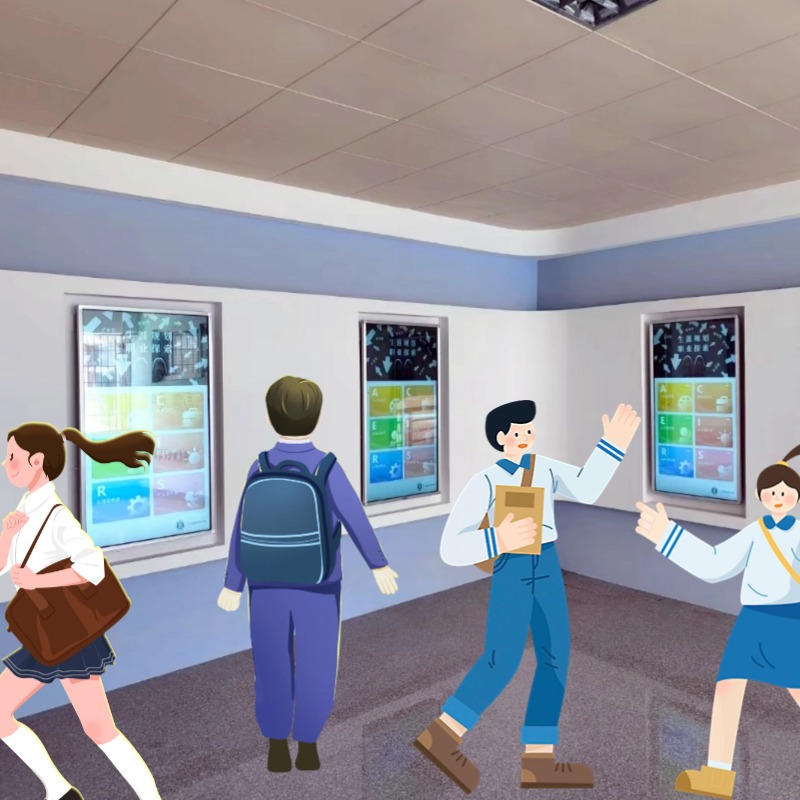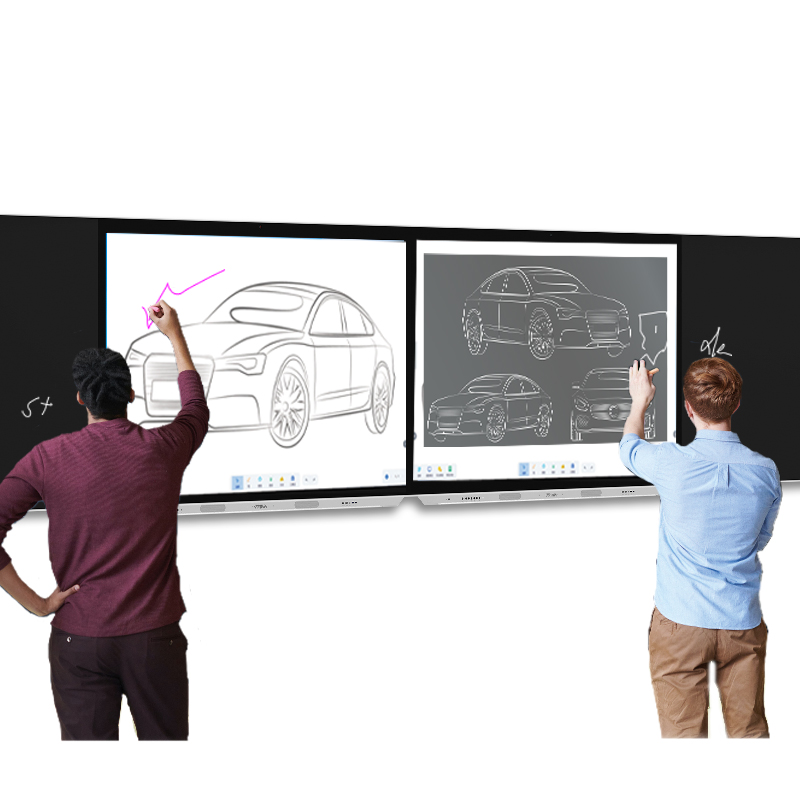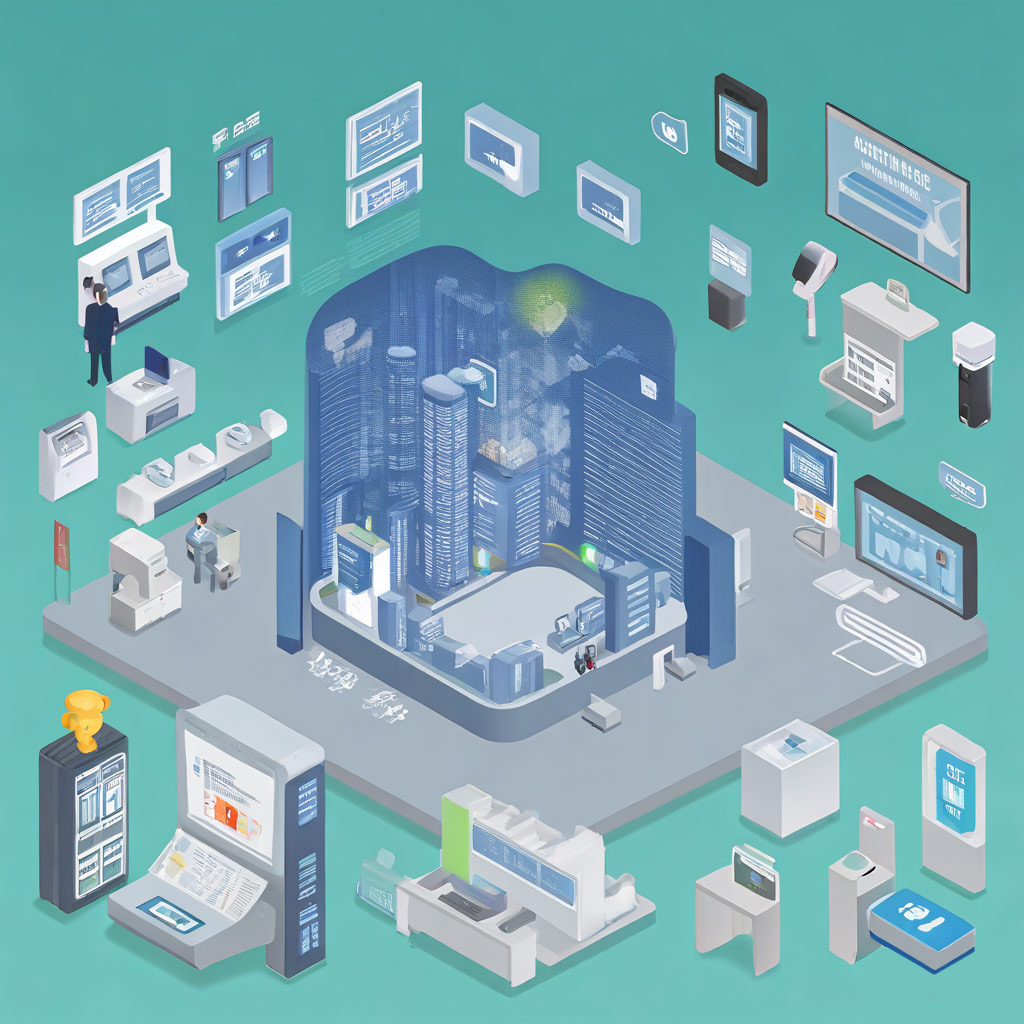Shaping Tomorrow's Leaders Today: The Power of Digital Signage in Education
Sep 29, 2024
The integration of digital signage into a school's career planning initiatives can significantly enhance the effectiveness of these programs by providing up-to-date, relevant, and engaging career-related information to students. As students become more informed and engaged, they are better equipped to make decisions about their futures and take the necessary steps to achieve their career aspirations.
Key Benefits of Digital Signages for Student's Career Planning
♦ Career Exploration: Digital signage in schools can display information about various professions, including job descriptions, required skills, and potential career paths. This helps students explore different career options and make informed decisions about their future.
♦ Educational Opportunities: The technology can be used to showcase available courses, workshops, and extracurricular activities that align with specific career interests. It provides timely updates on enrollment deadlines and requirements, ensuring students don't miss out on valuable opportunities.
♦ Internship and Job Postings: Digital boards can feature listings of internships and part-time jobs relevant to students' fields of study. These postings are regularly updated, offering students a chance to gain practical experience and build their resumes.
♦ Alumni Success Stories: Sharing success stories of former students who have excelled in their chosen careers serves as inspiration for current students. It also highlights the potential outcomes of pursuing certain educational paths.
♦ Career Fairs and Events: Information about upcoming career fairs, guest speaker series, and other career-related events can be prominently displayed, encouraging student participation and engagement.
♦ Industry Trends: By presenting trends in various industries, digital boards help students understand what skills and knowledge will be in demand, allowing them to tailor their education accordingly.
♦ Networking Opportunities: The technology can facilitate connections between students and professionals through information about networking events, mentorship programs, and industry associations.
♦ Personalized Guidance: When integrated with career counseling services, digital signage can direct students to personalized advice based on their interests and aspirations, enhancing the effectiveness of guidance provided.
♦ Feedback Collection: Digital boards can be used to gather feedback from students about their career planning needs and experiences, helping schools continuously improve their career services.
♦ Real-Time Updates: Unlike traditional posters or flyers, digital signage allows for real-time updates, ensuring that the most current and relevant information is always available to students.
♦ Engagement Through Interactive Content: Modern digital signage solutions often include interactive features, such as touchscreens or QR codes, which can lead to quizzes, videos, or direct links to additional online resources, making the exploration of career options more engaging.
♦ Data Analytics: Schools can use data collected from interactions with digital signage to analyze students' interests and engagement levels, enabling more targeted career support and interventions where needed.
In summary, digital signage plays a multifaceted role in enhancing career planning within educational institutions by providing up-to-date information, fostering skill development, facilitating networking, and promoting an inclusive environment for career exploration. Its dynamic nature ensures that students receive timely and relevant support throughout their educational journey and beyond.
Read More


